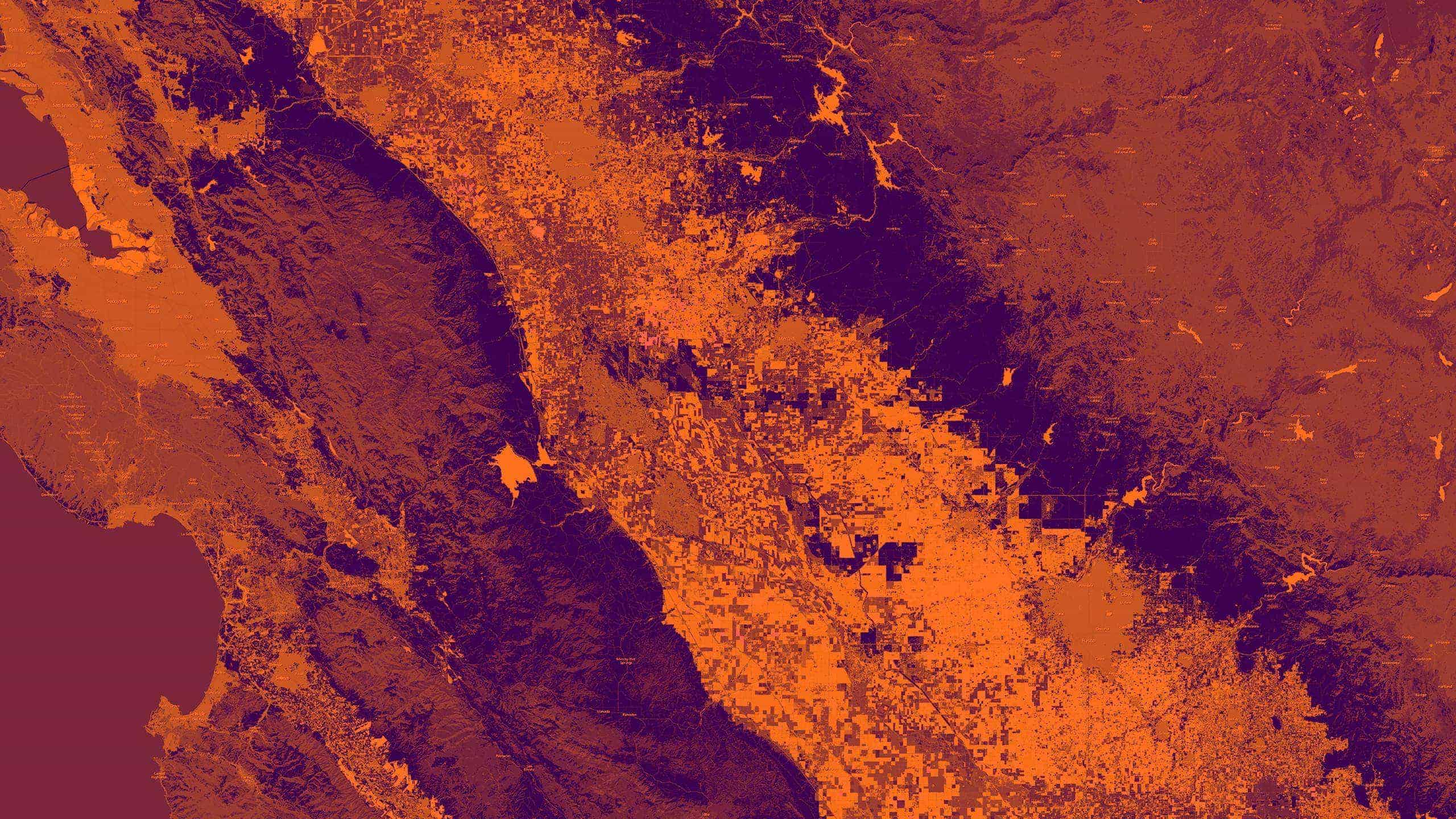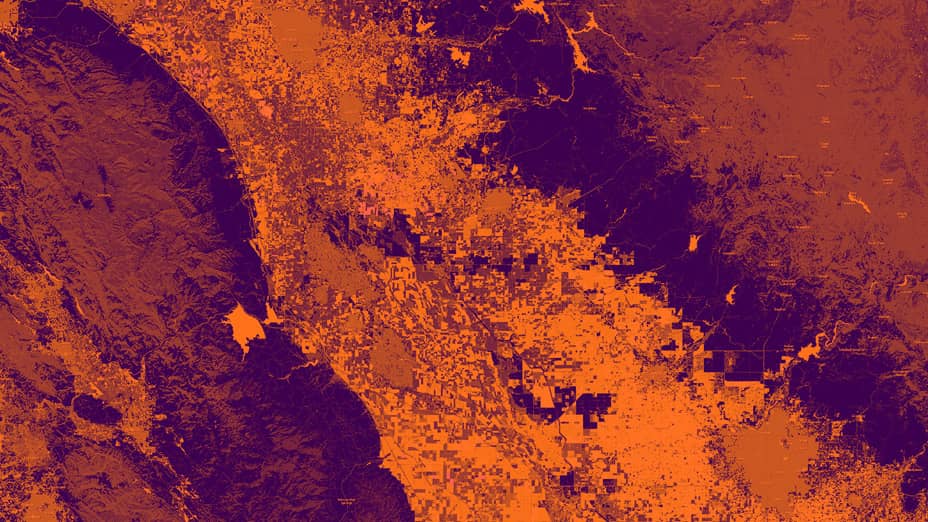Boutique fitness clusters are emerging in sleepy retail spaces around the country. Visitors to some local malls can spend 60 minutes sweating through a cycling class where they used to toy with Sharper Image gadgets. After class they might walk next door to an Instagram-worthy grocery store selling fresh juices and acai bowls—right where an anchor retail store once sold suits and shoes.
In North Carolina, a hospital is pioneering a new form of transportation, using drones to hasten the delivery of medical samples to a lab across campus. The program is shaving 30 minutes to three hours off test result times, which can be critical for some patients.
What’s the connection between mall owners creating an experiential economy and a hospital pioneering new transportation methods? They’re part of a new generation of property owners tuned to new opportunities in a rapidly transforming world. As the economy and customers change, these owners are finding innovative ways to complement changing tastes, unlocking hidden value in their real estate.
Gregg Katz, chief strategy officer for retail advisory firm TSCG (formerly The Shopping Center Group), believes the future of real estate will belong to those who leverage data and technology to predict the smartest use of every square inch of their space. “I think the main driver is building, remodeling, and reusing space in a way that protects it for the future,” he says. “The more flexibility, the better.”
To stay ahead, creative companies are trend spotting with the help of location intelligence. They are using reliable and predictive data to edge out competitors—creating innovative uses for real estate in neighborhoods and regions most receptive to those changes.
Location Intelligence Unlocks New Value in Commercial Space
Location intelligence is a form of business intelligence gaining popularity in commercial industries. Fortune 500 companies analyze location-based data on smart maps to answer a host of questions, including, Where do people shop and how do they get there? How are merchandise and supplies moving from warehouses to storefronts and other pickup locations? Where do demographic changes indicate that we need to shift our product or service mix? For property owners, location intelligence can provide insights into the who, why, and how of commercial space utilization.
For instance, as car ownership in the US declines, location intelligence helps identify regions and cities—even neighborhoods—where people are embracing alternative forms of transportation. That insight may inspire the owners of an office building or residential complex to allocate additional space for ride share pickup/drop-off or install electric vehicle charging stations, ultimately attracting more tenants.
Longer term, Katz says many owners are rethinking the design of parking garages so they can be repurposed if car ownership continues its slide.
“Now they’re being built flat and with higher clearances,” Katz explains. “Circular ramps are being built on the outside of these spaces so that the parking lots can later be converted into apartments, offices, retail, or warehouse uses.”
Societal Advancements Driving Changes in Real Estate
Changing attitudes toward car ownership and transportation are just one example of an economy in flux. As a recent Deloitte study noted, cities are becoming smarter and residents more connected, forcing real estate owners and developers to be more aware of novel demands and preferences. In response, the smartest commercial owners are unlocking new value through ancillary services their buildings provide to the surrounding community.
Some real estate owners are using location intelligence technologies such as a geographic information system (GIS) to spot trends and capitalize on them in several ways.
Updating Technology Infrastructure
Cities are becoming smarter, but that doesn’t mean every building has the technological infrastructure to meet a neighborhood’s demands for faster connectivity. Some property owners are using location intelligence to gauge local demand for advanced broadband connections such as 5G and determine whether their property can host such equipment.
A GIS-based smart map can help calculate how many residents and commuters use broadband services daily and identify areas with the highest bandwidth demands. It can also identify the slope and elevation of the land and the position of buildings and houses. That can reveal, for instance, how attractive a building’s rooftop might be to a telco planning 5G infrastructure. It also gives the property owner the location intelligence it needs to negotiate wisely, given that many undervalue their buildings’ worth.
Drone Delivery Flight Paths
Drones may seem like a distant reality, but this new transportation mode is quickly gaining commercial acceptance. In October, UPS, the logistics provider behind the North Carolina hospital project, received Federal Aviation Administration (FAA) clearance to expand drone service nationwide. A month before that, Walgreens announced a partnership with Alphabet subsidiary Wing to begin delivering kids’ snacks, cough medicine, and 100 other household staples via drone to homes in Christiansburg, Virginia.
As drone service expands across industries and geographic areas, GIS will help planners map ideal delivery routes and ensure safe flight paths. It can account for FAA guidelines, such as no-fly zones, as well as aerial obstacles such as power lines and wind.
As consumers increasingly demand delivery when and where they prefer, the prospect of drone drop-offs at office buildings becomes less fantastical by the day. Forward-thinking property owners have a chance to partner with drone providers to participate in—and potentially profit from—this growing opportunity.
Sustainable Urban Growth
In the public sector, government officials are already leveraging location technology to plan more sustainable urban environments. San Francisco city planners are using GIS to combat problems associated with boomtown growth, including a rapidly rising cost of living and dwindling green spaces. With location intelligence, officials predict population migration patterns and utility demands to make better decisions about development and zoning into the future, all while maintaining the character and culture of the city.
Malls Reimagined
As traditional mall formats lose favor with consumers, some owners are using GIS to analyze the demographics and psychographics of area residents. With a better understanding of who lives nearby—including how they choose to spend their time and how far they’re willing to drive for certain services—decision-makers are better equipped to find the right tenants for their space and attract a new generation of mall goers.
In another inventive use of real estate, creative executives are repurposing struggling malls as distribution centers, as in the case of Ohio’s former Randall Park Mall. Key to discovering which locations make good distribution centers is a supply chain analysis informed by location intelligence. Supply chain executives can model a delivery network on smart maps, revealing critical interdependencies such as, How does freight move from location to location, and at what intervals? Where does sorting happen? How is customer demand changing for certain SKUs in certain locations? With that insight, executives can make the right decisions to future proof their regional and national distribution strategies.
Predicting and Participating in Change
Today’s property owners are stewards of a changing economy. From drones to 5G towers, fulfillment centers to hot yoga, revenue possibilities abound for those willing to rethink their property’s identity.
Spotting otherwise unseen cultural and economic shifts can point the way toward informed investments. For innovative executives, location technology grounds those investments in the demographic, economic, and spatial realities of the places where they do business—now and well into the future.











